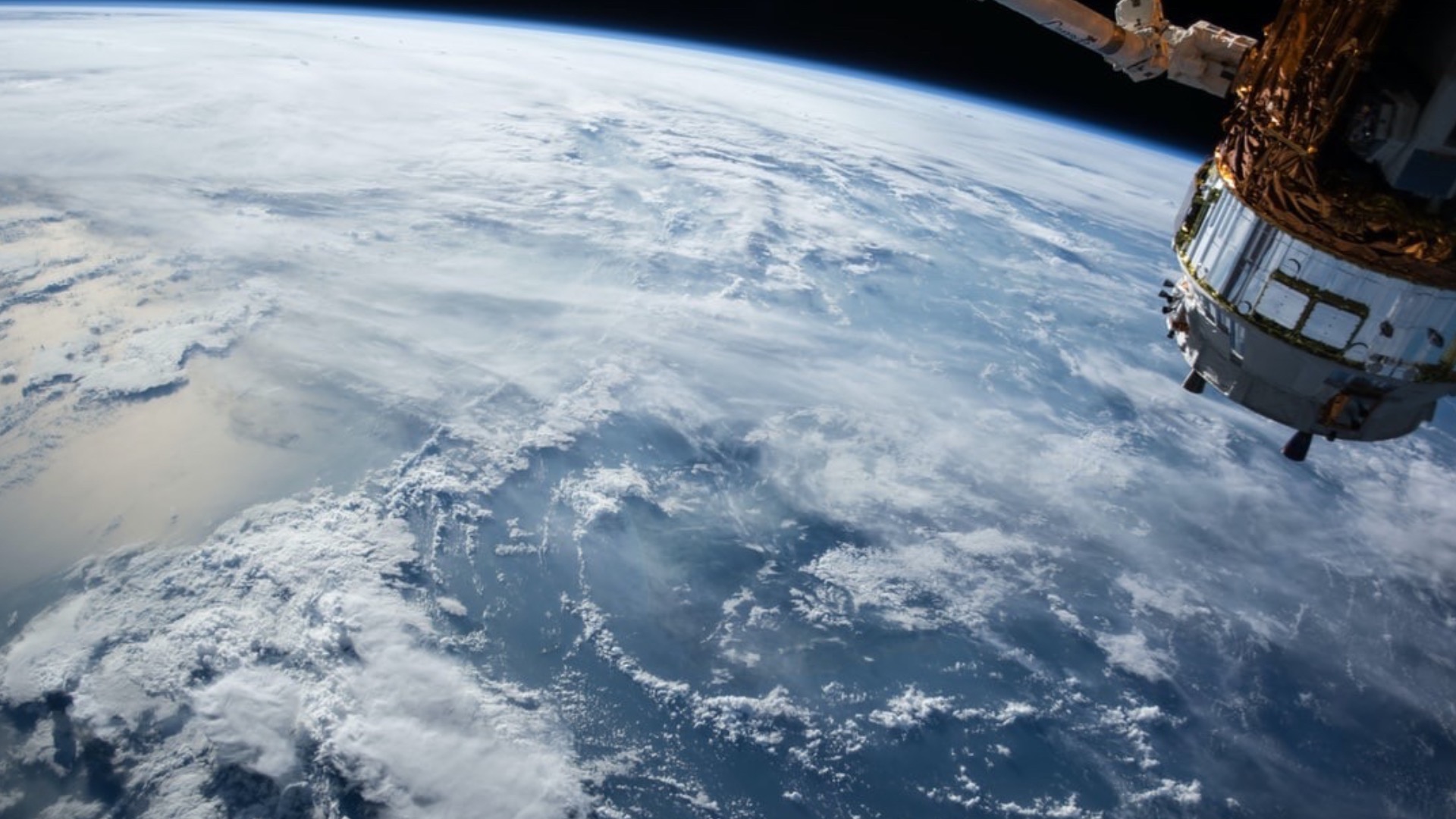Earth Overshoot Day marks the date when humanity’s demand for natural resources in a given year exceeds what Earth can regenerate in that year (1). This year, it falls on July 29. This means that from now through December 31 we will be depleting natural reserves: everything we produce now will be ‘borrowed’ from the future. Also, the waste we produce from now on cannot be processed anymore by our planet and carbon dioxide will accumulate in the atmosphere, worsening the current state of the planet and climate change. Read further if you want to know more…
The image below of Earth Overshoot Days (1970-2021) shows how every year we consume increasingly more resources than the earth can regenerate.

Population has been growing exponentially since the Industrial Revolution (2) resulting in a growing demand for water, food and energy. Currently (2021) humanity uses the equivalent of 1.7 planets to provide the resources necessary to produce goods and to absorb waste (Global Footprint Network, 2020). Based on scenario’s by modest UN projections, by 2030 humanity will need the capacity of two Earths to support human life. By the time the global population is expected to stabilise at around 9 billion people in 2050, 2.8 Earths will be necessary if ‘business as usual’ (read: indiscriminate consumption and exploitation of the earth) continues.
The planet’s health indicators
An analogy. Most of us have already undergone a medical examination. Here the doctor checks blood pressure, heart rate, cholesterol, blood sugar, etc. These indicators tell us something about our state of health and if necessary the doctor will give us advise in order to maintain a good health: quit smoking, take more exercise, avoid allergens, adjust diet, etc. Well, Earth has its own health issues. But what are the indicators to tell the planet safe?
In order to help assess the planet’s health Johan Rockström, director of Sweden’s Stockholm Resilience Centre, gathered a team of scientists to unite behind a single goal: define the boundaries for a ‘safe operating space for humanity’ on Earth (3). A set of 9 planetary boundary processes were identified and quantified. The researchers then estimated a limit of just how much human activities could exploit and alter each of these processes before the global system would pass a tipping point — a threshold beyond which we risk abrupt and irreversible environmental changes that could crash civilisation and leading us into a possible 6th Mass Extinction Event.
Climate change, the best known of the nine planetary boundaries, has already been pushed outside this ‘safe’ zone. Furthermore, the researchers report that three more of these boundaries have now been crossed: Biodiversity Loss (extinction rate of plants and animals), Change in Land Use (forest loss or desertification), and Biochemical Cycles (nutrients understood as the unbalanced flow of nitrogen and phosphorus causing eutrophication). The other boundaries are: Ozone Layer, Ocean Acidification, Fresh Water use, Air Pollution (Atmospheric Aerosol Particles) and Other Pollutants (Pollution from Chemical Compounds). Therefore, action needs to be taken in order to revert dangerous destabilisation and overshooting of these boundaries. Johan Rockström is confident that if humanity manages these 9 processes within safe operating space we have a very high likelihood of enabling a prosperous future for humanity on a stable planet (4).

In the documentary ‘Breaking Boundaries – The Science of Our Planet’ (2021), David Attenborough and Johan Rockström explain how the 9 boundaries are keeping our planet stable and how we have already trespassed some of the boundaries. Furthermore they examine how this crisis can still be averted and how to go back to a healthy planetary situation. It’s a must-see and today of all days is a good day to do so. The documentary is currently available on Netflix ( link to trailer ).
How to move the date?
Thinking about our own place in global systems can be a little overwhelming, but there are a lot of things we can do as an individual to help move the Earth Overshoot date further to the end of the year. Start by finding your own overshoot day on the Ecological Footprint Calculator, which measures how much nature we have and how much nature we use, and explore some of the fantastic visualisations at the Earth Overshoot Day site.
We hate to admit that even though our diet is largely meat and dairy free and we don’t fly, our personal Earth Overshoot Day would be 19th of June. If everyone lived like us, we would need 2.2 Earths…
For many of us, our Footprint is higher than we’d like. Some of this is due to the infrastructure and services of the society we’re a part of. Societal change may sound daunting, but if you’re ready to do more personally, the Global Footprint Network provides 11 steps you can take to move the date (5). Food for thought…
